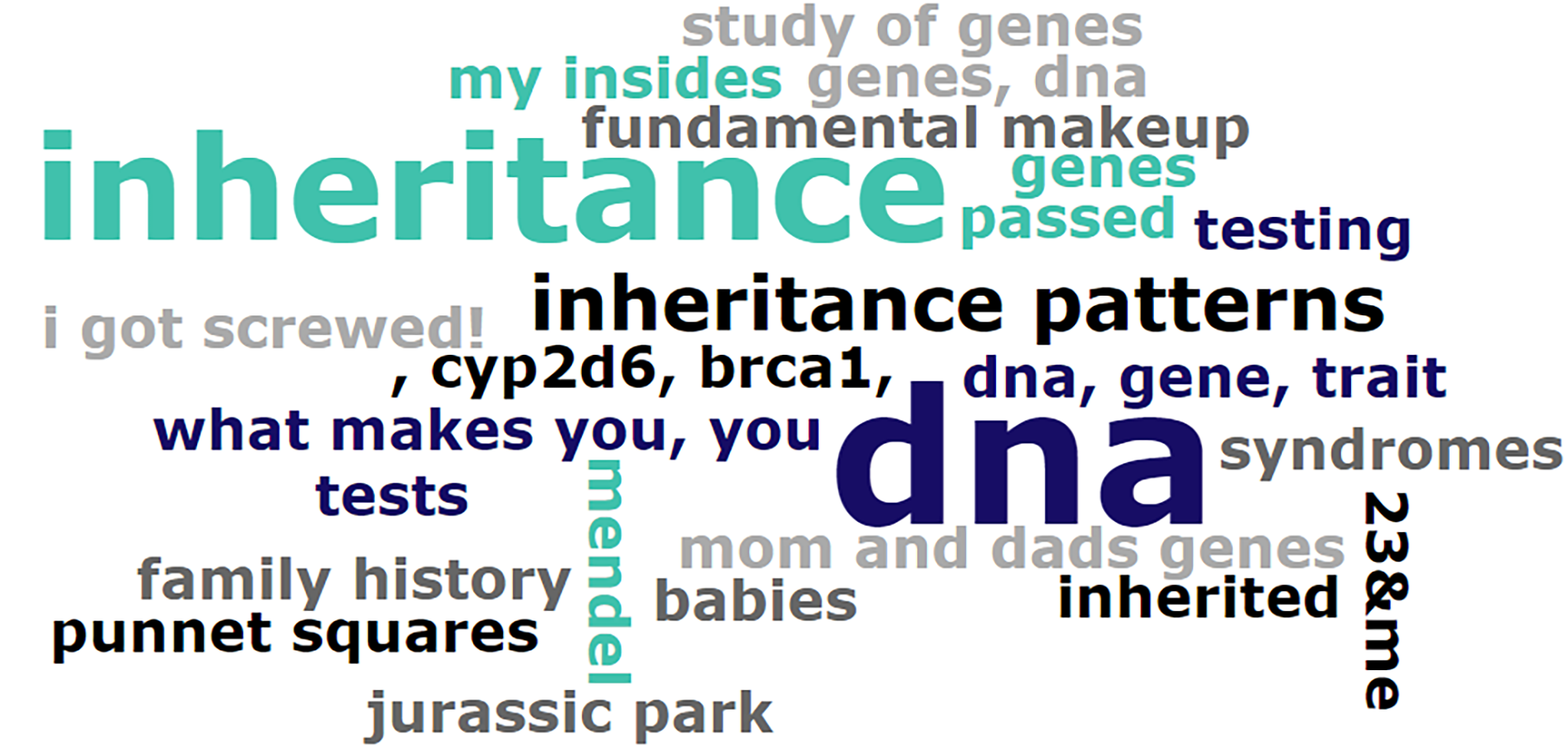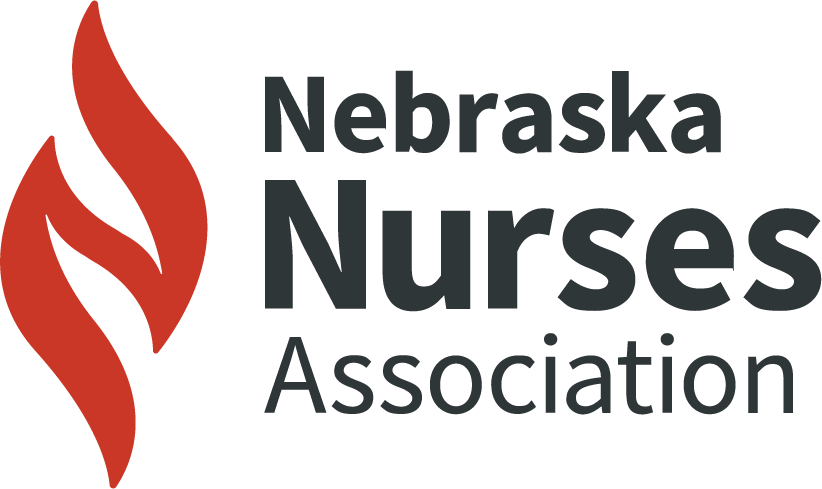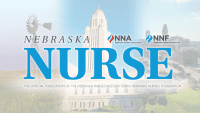NURSE PRACTITIONERS (NPS) are the fastest-growing group of healthcare providers, with an increase of 8.5% over the past year and anticipated growth of over 40% by 2031 (American Association of Nurse Practitioners, 2023). Nurse practitioners must provide clinical recommendations using the most current evidence-based practice. However, due to rapid technological advances over the past several years, the healthcare environment has evolved to focus on individualized care, including using genomic data (“precision healthcare”) to inform care (NHGRI, 2023; Kosorok & Laber, 2019). These changes have created a pressing need for NPs to have adequate knowledge about the influence of genes on health to provide quality, safe, and competent care. Additionally, NPs, as trusted healthcare providers, may be asked about genetic test results from patients who purchase these tests outside of direction from a healthcare provider (Horton et al., 2019). Genomic education for NPs is crucial in addressing these challenges and improving the healthcare landscape.
A 2022 study highlighted the limited knowledge of basic genetic concepts among graduate nursing students (Connors et al., 2022). This lack of genomic knowledge may make NPs uneasy when interpreting genetic test results (Horton et al., 2019; Powell et al., 2011). In addition, a recent survey of NPs identified a lack of knowledge regarding published prescriber guidelines for drugs with known genomic impacts (Fulton & Calzone, 2024). Therefore, integrating genomics into NP curricula holds immense promise to significantly enhance future provider knowledge, the ability to provide precision healthcare, and, most importantly, the quality and safety of care. This potential for improvement should inspire optimism and a sense of hope for the future of healthcare.
Our project aims to develop and implement a model for integrating relevant genomic content into any NP program to positively influence genomic literacy and understanding for use in the clinical environment. The project will use an interactive, clinical application-based approach to integrate genomic content relevant to NPs into several didactic and practicum courses. The goal is to address the deficit in genomic knowledge among NP students by integrating clinical application-based activities and a genomic expert speaker to emphasize clinical application. Faculty whose courses are included in the project will respond to debriefing questions to provide qualitative feedback about their experiences. The results of this work will be a Nurse Practitioner Genomic Education Model (NP-GEM) to guide other NP programs with students or faculty with low genomic literacy.
Thus far, a team-based learning (TBL) activity focused on inheritance patterns and pedigrees has been completed. A cohort of 29 bachelor-prepared registered nurses (RNs) enrolled in a Doctor of Nursing Practice NP (family, pediatric acute/primary, and acute adult-gerontology specialty tracks) program or a Master of Science in Nursing Education program participated. All students had at least 2,000 hours of experience in the RN role and had completed all core graduate courses, including advanced pathophysiology, pharmacology, and health assessment. Before beginning the TBL activity, students were asked two ice-breaker questions, one being their thoughts (in a few words) about the word genomics, with the results captured in Figure 1. Next, they were asked where they have derived experience with obtaining a pedigree. Only 10% (n = 3) reported that they had previously witnessed a medical provider obtaining a pedigree. Most students (59%, n = 17) reported deriving most of their experience obtaining a patient pedigree from their academic settings, while 28% (n = 8) had experience obtaining a pedigree from their personal lives, 3% (n = 1) from their work setting, and 10% (n = 3) reported no experience in obtaining a patient pedigree.


The TBL activity followed a traditional format, including lectures and readings as student pre-work and an individual readiness test to examine students’ preparedness for the TBL activity (Michaelsen & Sweet, 2008). The students were divided into small groups from varying educational specialty tracks to complete the team readiness test. Then, the smaller groups completed two interactive learning activities. First, they drew a pedigree from a provided scenario, compared their pedigree with other groups, and presented their work to the class. Second, they were given a document with five pedigrees and tasked with identifying each inheritance pattern within their small groups. When the small groups within the class drew differing conclusions, they were provided a platform for justifying their responses until the entire class agreed on the correct answer. Post-activity student feedback was very positive, with all students reporting that the TBL was an effective method for learning inheritance patterns and applying their knowledge to the clinical setting. Many students desired additional TBL activities to enhance their genomic knowledge.
To further inform the NP-GEM development, a post-activity debriefing with the course leader explored their perceptions of the genomic activity added to their course, addressed their concerns, and gauged the need for additional expert support to continue the genomic content integration. The faculty felt that the genomics content was appropriate for the course and that the TBL activity promoted strong student engagement. The faculty did not recommend any specific changes, and while the faculty appreciated the genomics content, they felt a genomics expert would best sustain it. However, they were open to viewing websites or completing focused genomics education exercises to enhance their comfort with teaching genomic content in the future.
As healthcare becomes more focused on precision healthcare, NPs must understand genomics concepts to manage patients effectively and safely. The students’ and faculty’s receptivity to this first integration of genomic concepts in a graduate nursing course was encouraging, and we are planning additional activities for this cohort. Through this project, we expect to increase NP students’ knowledge of clinically relevant genomics concepts to supplement the students’ abilities to assess, diagnose, and manage patients safely and effectively, thus empowering the delivery of true precision healthcare.
























